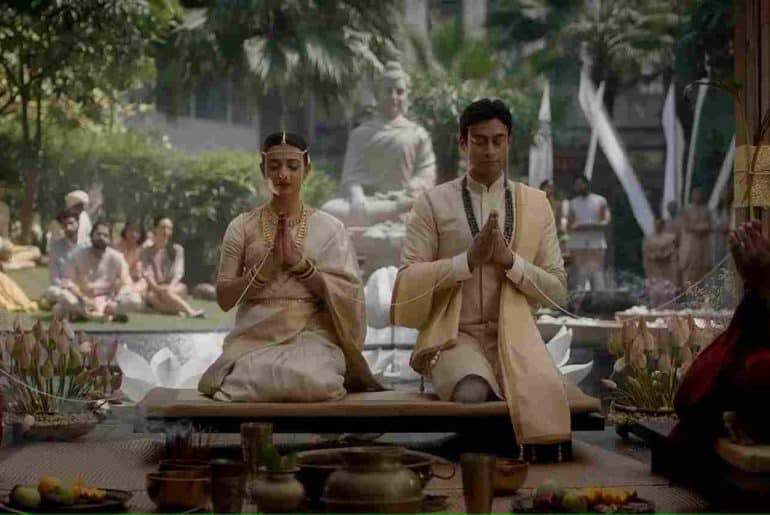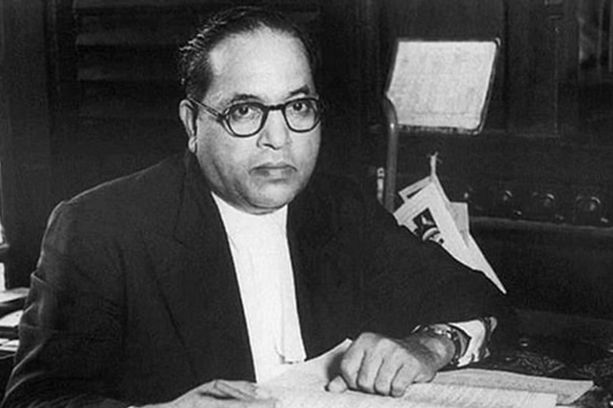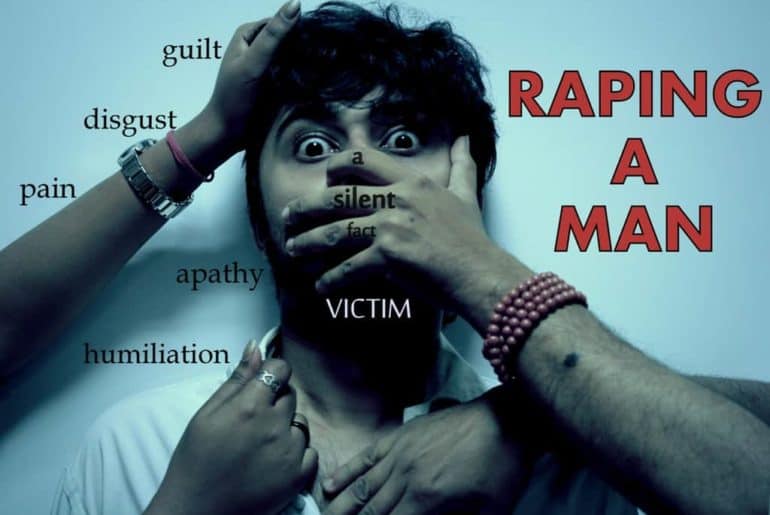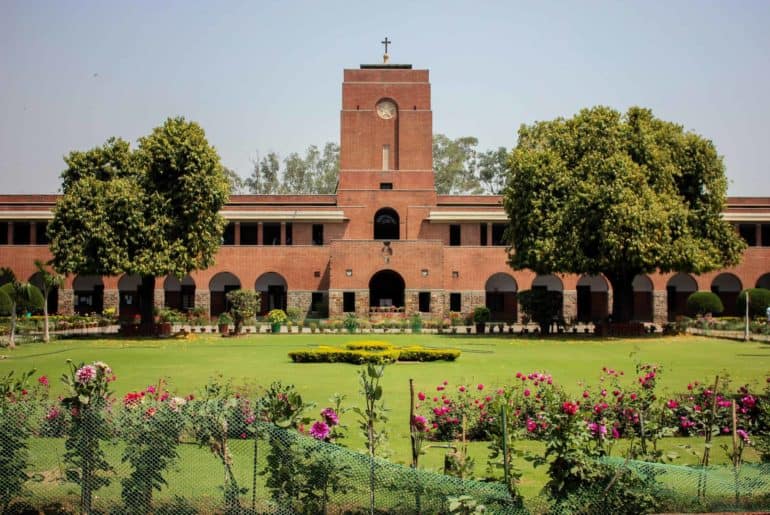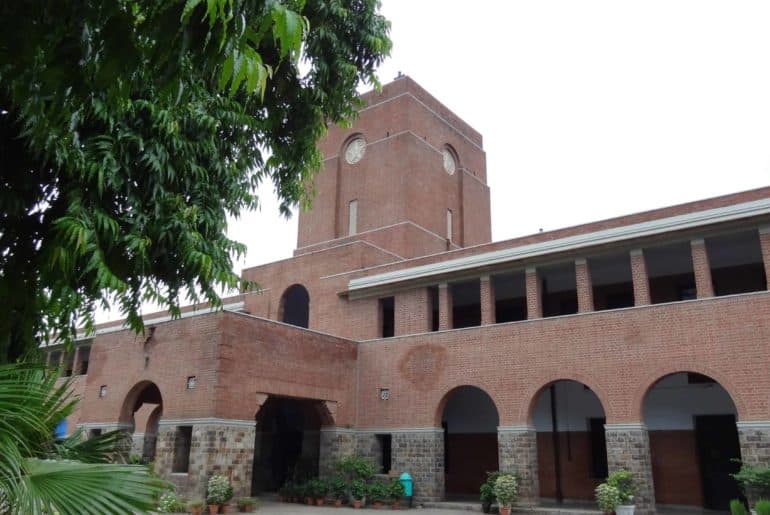The most recent season of Made in Heaven, a show about two wedding planners, Tara and Karan, who work under the name Made in Heaven, provided plenty of points to ponder. Each episode of the show focuses on a couple and the unique problems they or their family face during their wedding preparations. Tara and Karan, together with their team, deal with these hurdles while going about their everyday lives and dealing with their personal issues.
(This piece may contain Spoilers)
Made in Heaven depicts the sparkly fairy tale world of weddings while also demonstrating the irony of its title ‘Made in Heaven’, because most of these marriages aren’t as beautiful and perfect as they appear on the surface. As well as bringing the harsh reality that our lives, too, aren’t flawless as they appear on the exterior. Perhaps, this is what I like the most about this show.
The show’s setting, Delhi, also plays a significant role in bringing the truth of the city to light through realistic characters. I was impressed by how accurately the city is portrayed, the representation of its multiple sides conveyed through various characters, their hidden biases and desires. It also shows the city’s difficult nature and how people cope with these challenges. One could easily observe the struggles that people face in such a diverse city. There are those that conceal their real intentions and build relationships for their own gain, while others are caught between what is morally correct and what they desire, and the rest of them want to move on from their past and lead regular lives. The series focuses on the process of organising a dream wedding for the couple while also balancing several societal standards. It reveals what lies beneath such lavish weddings. The most unsettling part is that the societal themes the series focuses on are very much relevant in today’s environment and are not merely imaginary.
The show mirrors society and conveys how the entire process of a wedding ceremony brings these hidden concerns back to the surface. On one hand, while one gains education, power, and money in public, when it comes to their private affairs, the desire to be perfect and thus adhere to conventional values creeps in. It demonstrates how people can be aware of right and wrong yet still make decisions that are unfair to them. It’s worth noticing how characters throughout the show will occasionally submit to the adverse circumstances in order to save their family’s pride or to protect themselves from any further judgement.
As in the instance of a bride in one of the episodes played by Mrunal Thakur, who is a successful model in the industry but is abused by her partner. Even when the wedding planners and her own family find this and urge her to reconsider her decision. She is once again manipulated by her partner and thus maintains the popular belief people carry – love and care will change our partner’s actions, forgetting that respect is the foundation of a relationship and nothing else is capable of transforming someone who doesn’t want to make changes in the first place.
In another episode, it is shown how discussions over skin tone persist even among wealthy, elite families. When the bride takes a beauty treatment to appear ‘fair’ for her wedding owing to pressure from her own mother and in-laws, it demonstrates how modernity and education can still fail to change old narratives. Acceptance of the reality that looking fair has no connection to being beautiful is still missing. And it makes one wonder if one should wait for society to modify their beauty standards and accept everyone equally, or whether one should begin the process of acceptance with themselves. Are parents correct when they try to change their child to protect their reputation, or instead they should shield their child from unjustified treatment? These are someof the questions to think about.
The episode featuring Radhika Apte as the lead, Pallavi, and directed by Neeraj Ghaywan is most powerful and artistically structured. Her performance and the episode’s theme received considerable recognition on social media. Pallavi is a successful lawyer who acknowledges her Dalit identity and advocates for the elimination of caste biases. Even though she is highly accomplished and brave, when it comes to her marriage, it is interestingly highlighted in the episode that her personal accomplishments are the reason for this respect and acceptance. This is in contrast to the reluctance of her in-laws to openly embrace her Dalit identity. Pallavi’s firm stance—even to the point of confronting her fiancé and her own brother—shows that acceptance is not only necessary to gain equal respect but it also emphasises the difficulties and sufferings that the community faces as a result of long-standing caste-based discriminations.
The dialogue delivery was impeccable, every emotion was highly moving and it all ends in a beautiful Buddhist wedding, representing Dalit plight and a path to acceptance and equality. This episode was notable because mainstream films and television shows have rarely addressed such topics with such delicate balance, and the concept of a Buddhist wedding is novel.
This is my top choice episode because it subtly invites viewers to ponder how issues such as caste play an important role in a person’s journey, subjecting them to different treatment, and how when a person rises above their circumstances, they don’t necessarily detach themselves from the situations that shaped them. They want it all to be remembered and accepted just like any other aspect of themselves.
Even though caste is still a dividing line in today’s world, many people continue to be reluctant to disclose their last name or caste for fear of social discrimination; as a result, accepting oneself becomes the first step towards equality. Pallavi’s identity as a Dalit, her choice to keep her original surname, and the fact that she opted for a Buddhist wedding are all examples of how her character serves as a reminder to society that, despite her material success, her caste plays a significant role in her story as well as the experience of her ancestors who suffered, so it cannot be ignored or disregarded. Her caste does not bring her humiliation; rather, it brings her pride.
The portrayal of the LGBTQ community and their relationships was another distinctive feature of the show. The protagonist Karan plays a gay character, It’s interesting to see that Karan doesn’t submit to his family’s demands to marry a girl; on several occasions, he asserts his identity and wishes, reflecting a sense of confidence and acceptance in himself. Even though the decision could damage his relationship with his mother, he takes the risk. Another character, Meher, who has undergone gender-affirmation, is also shown to be struggling to find love and acceptance.
While I agree that the second season was too overwhelming and attempted to address a variety of societal problems without delving too deeply into any of them, it appears that the second season, despite its pressing subjects, couldn’t stir up the emotions that the first season did. Despite the representation, this season did not adequately explore the aspects of intimacy between the characters. Things seemed superficial and they lack a deeper, more solid connection, leaving viewers with a sense that their favourite character’s story is incomplete.
Tara and Karan are not the characters who make the ideal decision. They make mistakes and argue, the consequences of which can be seen in both their professional and personal lives. Tara herself is in a challenging spot while building a life of wealth, luxury, and power, she still struggles to find the happiness she desires. Throughout both seasons, viewers will see how her decisions and past mistakes affect everyone around her. By the end of the second season, despite the fact that I enjoyed Tara’s character in the first, I was unable to identify to her choices since there has been a lack of personal development in her character and no acknowledgment of her previous mistakes. Even while Tara and Karan stay close, their ability to communicate with each other and solve problems is never fully explored in the season. Instead, the two main leads continue to plan separate weddings without any proper conversation to fix the issues between them . When it comes to displaying how things are truly planned and implemented in these weddings, there was a lack of detail. So even though I appreciate the extent to which ideas were covered throughout the season, I was disappointed in how story of central characters was handled.
However, there are new characters in this season that have impressed me, such as Mona Singh and Vijay Raaz as the Jauharis, who are the most wholesome and relatable. The side plot in which they deal with their young son and his friends in a matter of molesting a girl is presented honestly and organically by everyone involved. The culmination of it, which involves the disclosure of a personal secret about Mona Singh’s character, addresses the problem appropriately.
The season finale was warm and wonderful, concluding with the usual poetic commentary by Kabir, the in-house videographer. It goes on with the theme that everyone is flawed and that before we can continue looking for our soul mates, we must first accept ourselves. Perhaps this is what I like about the show: the relationships we form can be just as imperfect as we are. They require effort and change, and nothing, neither our worries, hurt, or pleasure, is permeant. The taste of Heaven isn’t necessarily discovered in large celebrations like marriage, but in fleeting moments of joy and freedom, in moments of embracing and loving yourself despite your flaws.
Read Also: https://dubeat.com/2022/03/02/big-fat-indian-weddings-are-we-thinking-rationally/
Featured Image Credits : Free Press Journal
Priya Agrawal

